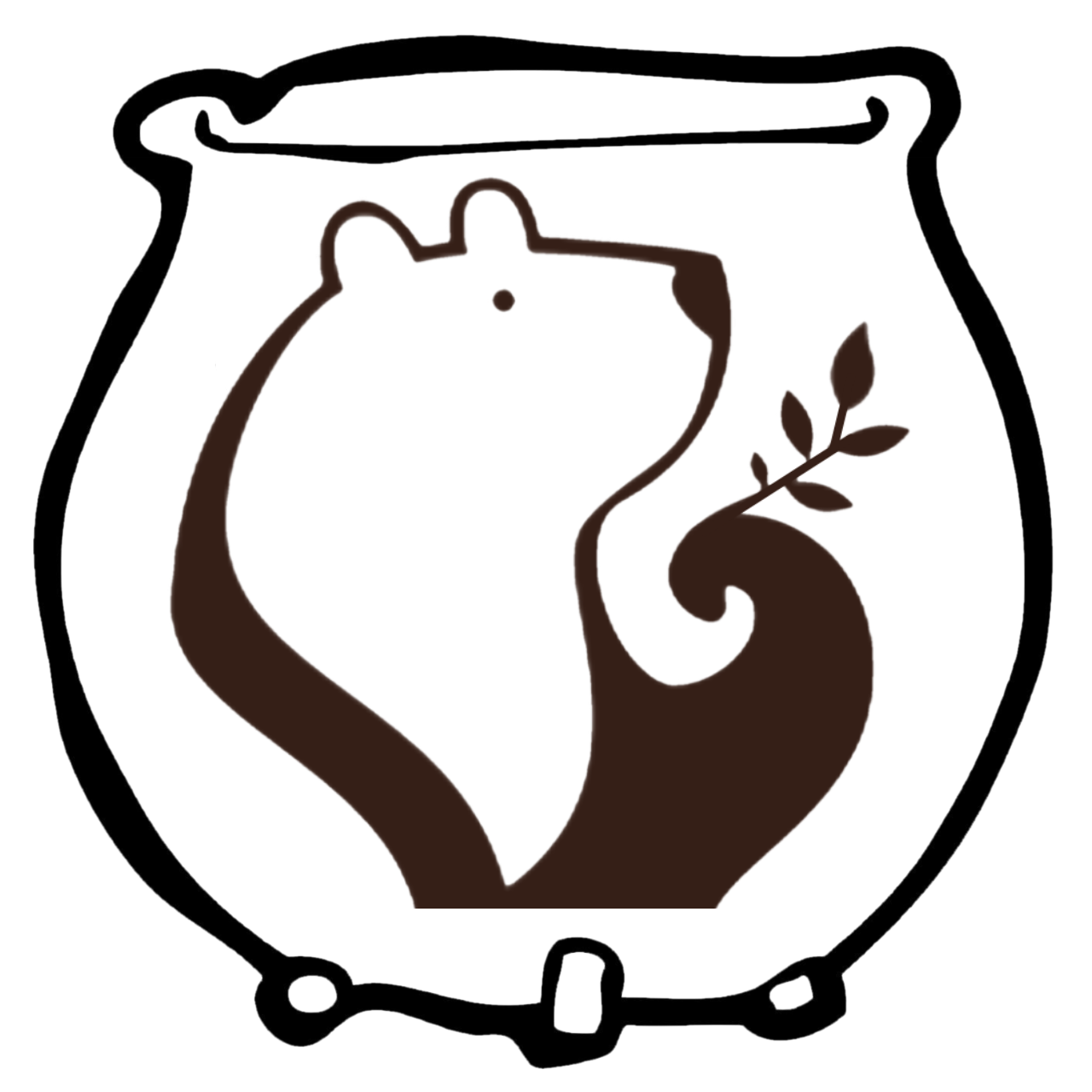Momma Bear
Magic
The Resilient Bear
The Magic of Bear
Significant Qualities
Strength
American black bears are quite strong. They can move items 2-3 times their weight with a single paw. Although large animals, black bears are also surprisingly quick and agile. They can sprint up to 35 miles per hour and climb 100 feet up a tree within 30 seconds.
Heal
Know
Solitude
Bear generally lives a solitary life. They can have small family units that are social, but more often they find balance and comfort in solitude. They set up boundaries, and have a “critical space” – an area of personal space around them that they will defend. Entering into this space of theirs forces them to react by either speedy retreat or by attacking.
Curiosity
Bears are rather curious creatures, and that can occasionally get them into trouble. They will inspect smells, noises and objects to determine if they are edible or amusing. Standing up on its hind legs allows a bear to get more information from its senses of smell, sight and hearing. It is usually a sign of curiosity, not aggression.
Time
Day: Dawn & Dusk
Month: April
Season: Spring
Sabbat: Imbolc
Moon: Bear Moon (January)
Planet: Saturn
Celestial: Ursa Major, Ursa Minor
Magic
Chakra: Root, Solar Plexus
Tarot: Strength
Rune: Unknown
Archetype: Mother, Warrior
Gods: Odin, Thor, Thea/Thrud, Artemis, Berne,
Nature Spirits: Unknown
Symbols
Stone: Magnetite, Honey Calcite
Herb: Uva Ursi,
Element: Earth
Number: Unknown
Direction: West
Gender: Feminine
Color: Blue
The Science of Bear
Mammology
Latin Name: Ursus americanus (Black Bear)
Family (Family): Ursidae (Bear Family)
Other names:
Group name: A sloth or sleuth of bears
Female: Sow
Male: Boar
Baby: Cub
Type: Mammal
Size: 4.5 feet long, 3 feet tall (4 paws on ground)
Weight: 90 – 551 lbs
Life expectancy: 20-30 years
Sustainability: Not currently of concern
Behavior
Shelter
Range
Black bears live in forested areas up north throughout Canada, in the US (especially in mountain ranges like the Appalachian and Rocky mountain areas) and Alaska, and south into some parts of Mexico. Male black bears need a home range of about 10 to 59 square miles, while a Female black bears 10 to 20 square miles. She will not share her territory with any other females, but the ranges of several males may overlap or intersect with hers.
Diet
Black bear is an opportunistic eaters. An omnivore, more than 80% of their diet consists of grasses, roots, berries and other plant matter. Fish, bugs, and small mammals are also a part of their diet, but carrion (the remains of animals killed by other predators) is a critical source for their meat.
Mating
Gestation
Predators
Humans, mountain lions, wolves and brown bears are the only predators of the American black bear. In the United States, more than 200 black bears are killed by motor vehicles each year. An additional 50,000 black bears are legally killed each year by hunters in the US and Canada. On the other hand, an average of one human is killed each year by a black bear.
The Folklore of Bear
Proverbs and Sayings
Turkish Proverb
Finnish Proverb
Danish Proverb
Italian Proverb
German Proverb
Mongolian Proverb
Macedonian Proverb
A bear that dances in your neighbor’s house might soon dance in yours.
the earth is a living thing
is a black shambling bear
ruffling its wild back and tossing
mountains into the sea
is a black hawk circling
the burying ground circling the bones
picked clean and discarded
is a fish black blind in the belly of water
is a diamond blind in the black belly of coal
is a black and living thing
is a favorite child
of the universe
feel her rolling her hand
in its kinky hair
feel her brushing it clean




